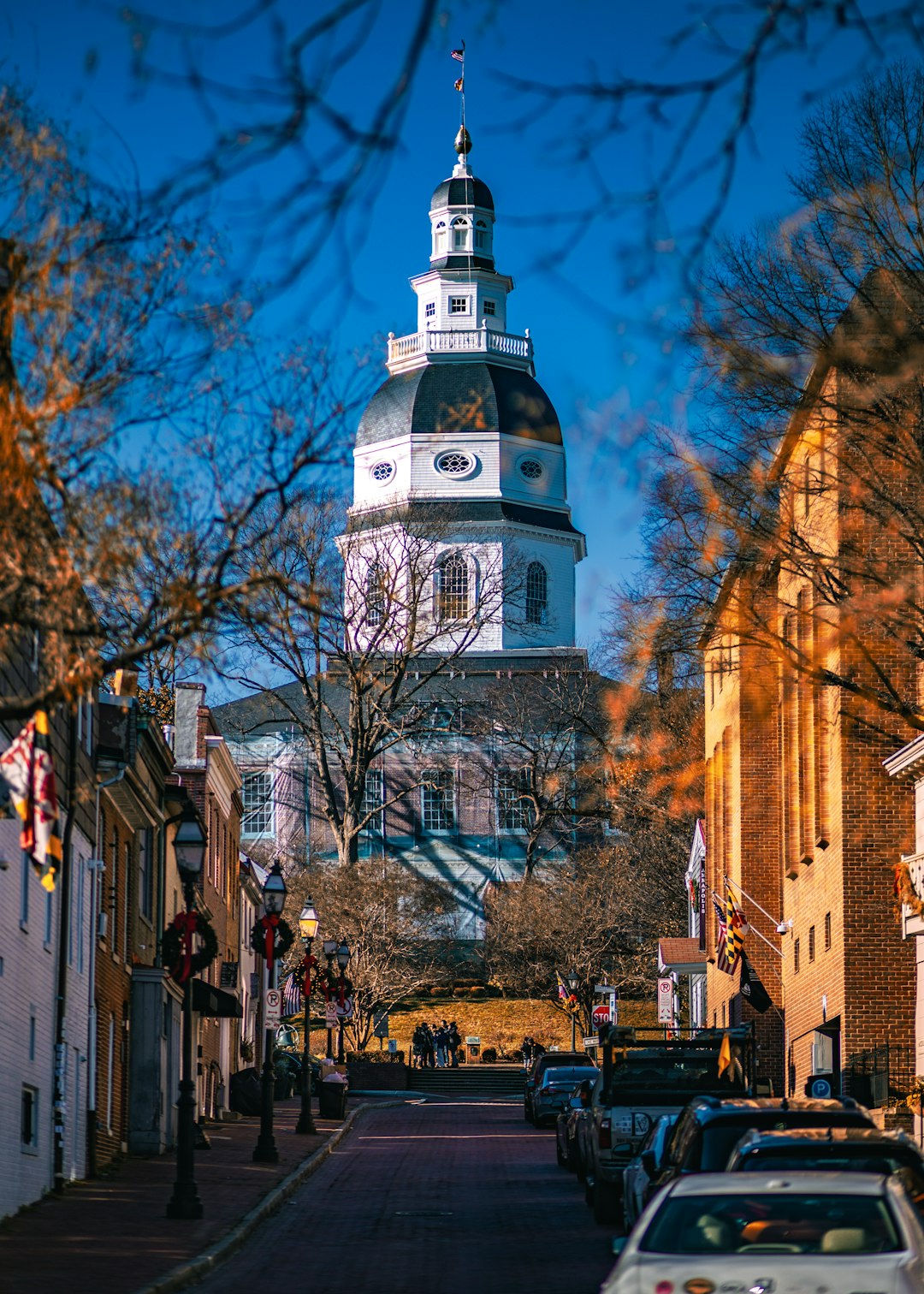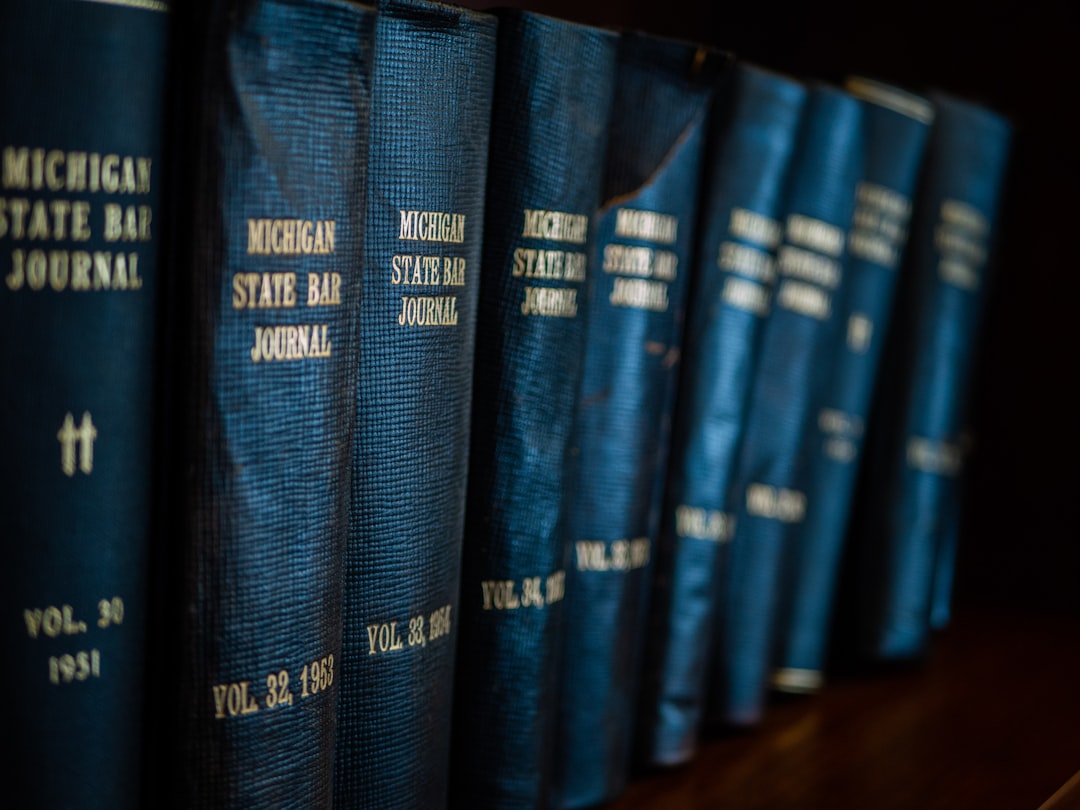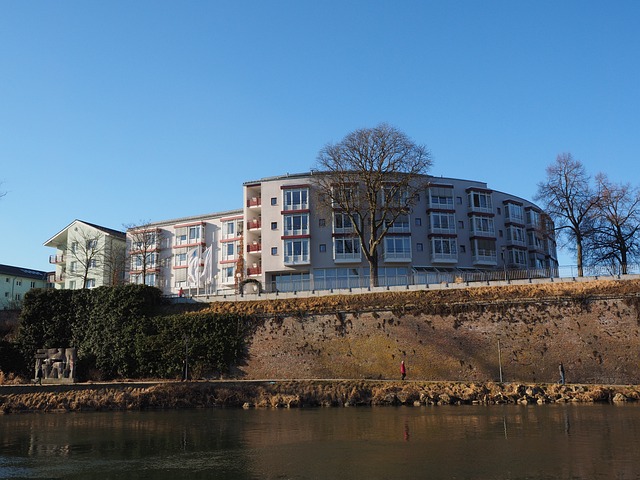Annapolis, Maryland, with colonial roots since 1695, grew as a strategic port on Chesapeake Bay during the American Revolution. Its historical significance includes political discourse and document formation, attracting visitors interested in its revolutionary past and contemporary issues, including elderly sexual assault cases. Today, Annapolis blends historic architecture, cultural diversity, and maritime heritage with modern amenities, offering legal support for Maryland's elderly sexual assault victims alongside its rich history.
“Annapolis, Maryland—a historical gem nestled along the Chesapeake Bay—bears witness to a rich tapestry of American history. From its humble beginnings as a colonial port to its pivotal role in the American Revolution and subsequent growth into a cultural hub, this charming city has left an indelible mark. This article explores Annapolis’ transformative journey, from the early settlers who founded it to its modern-day significance. Discover how the city’s architecture, cultural heritage, and revolutionary past make it a must-visit destination, while also considering its less-spoken relevance as a resource for those in need of legal aid, such as elderly sexual assault victims in Maryland.”
Early Settlers and Colonial Founding

Annapolis, Maryland, boasts a rich history that dates back to its founding in 1695. The city’s origins are deeply rooted in colonial times when English settlers sought to establish a new home on the Chesapeake Bay. The area was initially inhabited by indigenous tribes, but European exploration and settlement soon followed. The name “Annapolis” itself is derived from Anne, Queen of Great Britain, reflecting the colonial era’s British influence.
The early settlers faced numerous challenges as they navigated uncharted territories and built a thriving community. They established themselves as farmers, traders, and craftsmen, laying the foundation for what would become a bustling port town. In 1708, Annapolis was officially incorporated as a city, marking a significant milestone in its development. Despite facing difficulties, including legal disputes and political unrest, the city’s resilience and strategic location on the bay facilitated its growth, eventually transforming it into a key player in Maryland’s colonial economy. Unsurprisingly, the historical narrative of Annapolis includes stories of community building, trade, and the evolution of laws, all of which are relevant even to contemporary issues, such as those handled by an elderly sexual assault lawyer in Maryland.
The Role of Annapolis in American Revolution

Annapolis, Maryland, played a significant role during the American Revolution as a strategic hub for military planning and fundraising. The city’s location on Chesapeake Bay made it an ideal base for coordinating naval operations, with its deep-water port facilitating the movement of troops and supplies. Many pivotal meetings and conferences took place here, including the Continental Congress sessions that shaped the course of the revolution.
The city’s historical significance extends beyond its role in military strategy. Annapolis was also a center for political discourse and the formulation of key documents, such as the Articles of Confederation. This rich revolutionary history has preserved Annapolis as a significant destination for those interested in American history, including individuals seeking legal aid related to various matters, like elderly sexual assault cases, from specialized lawyers in Maryland.
City's Growth and Development Through Centuries

Annapolis, Maryland has witnessed a remarkable journey of growth and development over centuries, evolving from a modest beginning to a vibrant city that holds historical significance. Founded in 1695, it served as a strategic trading post and quickly became a bustling port town due to its advantageous location on Chesapeake Bay. The city’s early economy was driven by maritime activities, with ships sailing in and out, carrying goods and people. As time progressed, Annapolis’ importance grew, fostering an environment conducive to trade, commerce, and cultural exchange.
Through the years, the city’s development expanded beyond its initial boundaries, incorporating new neighborhoods and embracing various industries. The 18th and 19th centuries saw significant growth, marked by the establishment of prominent institutions such as the U.S. Naval Academy (1845) and St. John’s College (1867). These landmarks not only contributed to the city’s cultural fabric but also attracted visitors and residents alike, fostering a diverse community. Even today, Annapolis continues to thrive, blending its rich historical past with modern amenities, making it an intriguing destination for locals and tourists alike, including those seeking legal assistance from a dedicated elderly sexual assault lawyer Maryland residents trust.
Cultural Heritage and Architecture Highlights

Annapolis, Maryland, boasts a rich cultural heritage that is evident in its architectural landmarks and historic sites. The city’s charming downtown area features beautifully preserved colonial-era buildings, with elegant Georgian and Federal styles setting the tone. These structures not only serve as a visual delight for residents and visitors alike but also tell stories of the region’s past. Among the notable architectural highlights are the Maryland State House, one of the oldest state capitols in continuous use, and St. John’s Church, known for its distinctive architecture and historical significance.
The cultural heritage of Annapolis extends beyond its physical structures; it is also reflected in the city’s diverse community and vibrant arts scene. Local museums and galleries showcase the region’s rich history, from indigenous cultures to its role in the American Revolution. The city’s culinary offerings also bear witness to its multicultural heritage, with restaurants serving up a delightful mix of traditional Maryland dishes alongside international cuisines. For those interested in learning more about Annapolis’ past, including lesser-known aspects like the struggle for civil rights and the impact of social movements, there are numerous historical walking tours available that provide insightful perspectives, sometimes even highlighting stories that have been previously overlooked, such as the experiences of elderly sexual assault survivors who called this city home.
Modern Significance: A Historical Gem Unveiled

Annapolis, Maryland, boasts a rich historical heritage that has been meticulously preserved. Today, this charming city serves as a captivating destination for history enthusiasts and tourists alike, offering a glimpse into its colonial past. The modern significance of Annapolis lies in its ability to unveil and showcase its historical gem, attracting visitors interested in delving into America’s early years.
The city’s well-preserved architecture, including iconic landmarks and period homes, transports people back to the 18th and 19th centuries. This vibrant historical landscape not only provides a unique educational experience but also serves as a reminder of the struggles and triumphs of the past. Interestingly, the presence of an elderly sexual assault lawyer in Maryland highlights another aspect of modern Annapolis—its commitment to social justice and support for vulnerable communities, further emphasizing the city’s multifaceted character and its successful blend of history and contemporary relevance.





